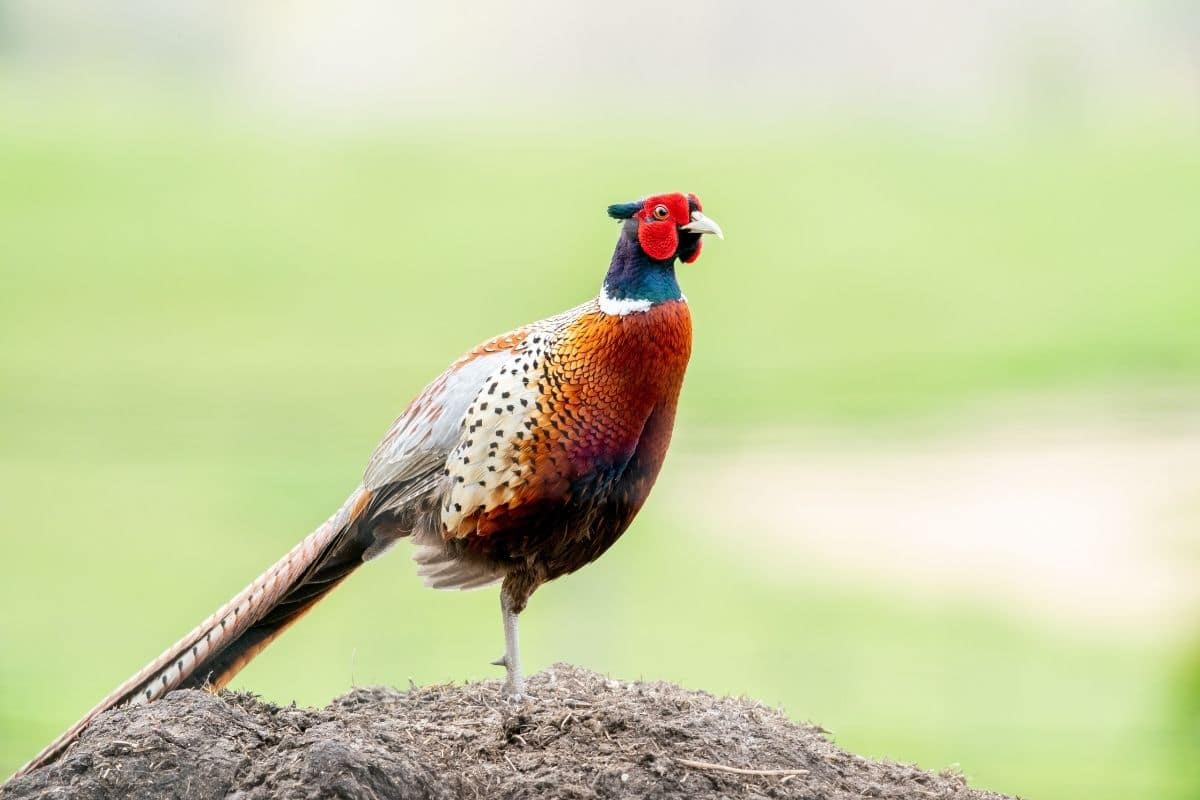

That’s according to research with thermal cameras, which scientists used to measure the physiological state of pheasants during hot-tempered encounters.
Pheasants can be quite the fighters. For example, when they compete for a female, or when they determine the ranking. In a new study published in the journal PNAS, researchers have studied such hot-tempered encounters using thermal cameras. And that leads to a surprising discovery.
Study
The pheasants in the study were about six to seven weeks old. And so the so-called pecking order – or the ranking – in the group still had to be determined. To clarify this, pheasants regularly fight each other. The researchers then pointed thermal cameras at them to see how their body temperatures changed during heated conflict. In this way, the researchers got a good idea of the physiological state of pheasants during combat.

Researchers use thermal cameras to examine the body temperature of a group of pheasants. Image: Tim Fawcett
It leads to an interesting discovery. Because although you would expect that pheasants are quite hotheads at the start of fights, they turn out to be surprisingly cool-blooded at that moment. Both the instigator and the defender appear to have strikingly cool heads as they prepare for battle. Their heads only got hotter after the confrontation.
Stress response
According to the researchers, this observation can be well explained. For example, the pheasants probably become ‘cool-headed’ as a result of a stress reaction, in which the blood runs to the core of the body. After the fight, normal blood flow is restored. And that’s why the heads are getting warmer again.
Instigator and defender
Interestingly enough, both the instigator of the fight and the defender appear to have a similar temperature pattern. “We were surprised to find that the temperature of both pheasants rose and fell at the same time during aggressive encounters,” said study researcher Tim Fawcett. “We expected a fight to be more stressful for the defending pheasant and therefore we would see a stronger response in this bird.” However, that does not appear to be the case. Why? The researchers owe us the answer. “We can’t say for sure what causes this pattern,” Fawcett says. “But it could be that keeping a place at the top of the pecking order is just as stressful as it is at the bottom.”
males vs females
The results also show that males are slightly bigger hotheads than females. Although the temperature in females also fluctuates during and after fights, the females generally remained – literally – a bit cooler.
The researchers show that we should not underestimate the value of thermal cameras. “Thermal cameras offer a unique opportunity to non-invasively measure dynamic changes in physiological state,” said study researcher Mark Whiteside. “Using this technique, we were able to measure the bodily response during aggressive interactions; ‘live’ and in semi-natural environments.”
Source material:
“Pheasants lose their cool after fighting– University of Exeter (via EurekAlert)
Image at the top of this article: Tina Nord via Pexels